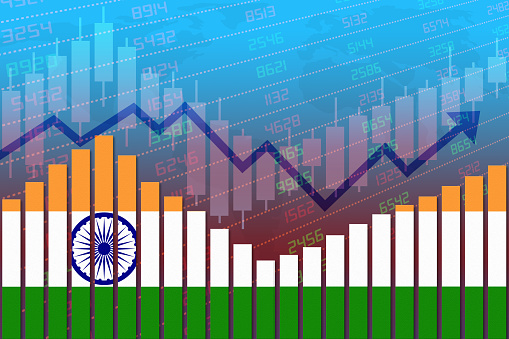The Economy of India
Since the end of the ‘Permit Raj’ in 1991, the Indian economy has become more open and competitive. Agricultural exports have increased, and many sectors have been opened for foreign direct investment. The economy is also enjoying the benefits of R&D and private investment, which have been the driving forces behind this growth.
Today, India’s economy is highly diverse. While about two-thirds of the country’s population earns a living from agriculture, services are a rapidly growing sector and play a major role in the country’s economy. For instance, India has become a major back office destination for global companies, and is a major exporter of highly skilled workers in software development.
India’s economy is a study of contrasts. From widespread poverty to the development of high-tech centres of excellence in services, India’s economy has a wide range of characteristics. It is a large and developing economy that ranks fourth in the world in purchasing power parity. At the end of 2016, India’s nominal per capita income was $1718. The country’s unemployment rate was five percent.
In spite of these challenges, recent economic developments have benefited the upper and middle class in India. While the poverty rate is still too high, the percentage of the poor in India has decreased significantly. Despite this, around 22% of the population lives below the poverty line. Various government schemes have been launched to reduce poverty. However, most of these efforts have only achieved partial success. Some of the recent schemes, however, have improved upon past strategies to reduce poverty in India. For instance, the government has introduced cooperative farming. In addition, the government has also made a major push to bring agricultural land under commercial and industrial use.
The history of India’s economy can be broadly divided into three periods. First, there was a pre-colonial period that lasted up to the 17th century. Second, there was the colonial period that ended with independence in 1947. Third, there is a post-independence period that lasts until the present.
The Indian economy has a diverse range of strengths and advantages. Its young population, low dependency ratio, and increasing integration with global economies have helped India become a strong economic power. Its rapid economic growth has boosted the standard of living for 90 million people between 2011 and 2015, and the World Bank projects a robust growth rate for the country this fiscal year. This rapid growth has also drawn the attention of global investors.
Since the economic liberalization process began in the 1980s, India has become more open. The government has lowered taxes and lifted labor laws, making foreign investment easier.



